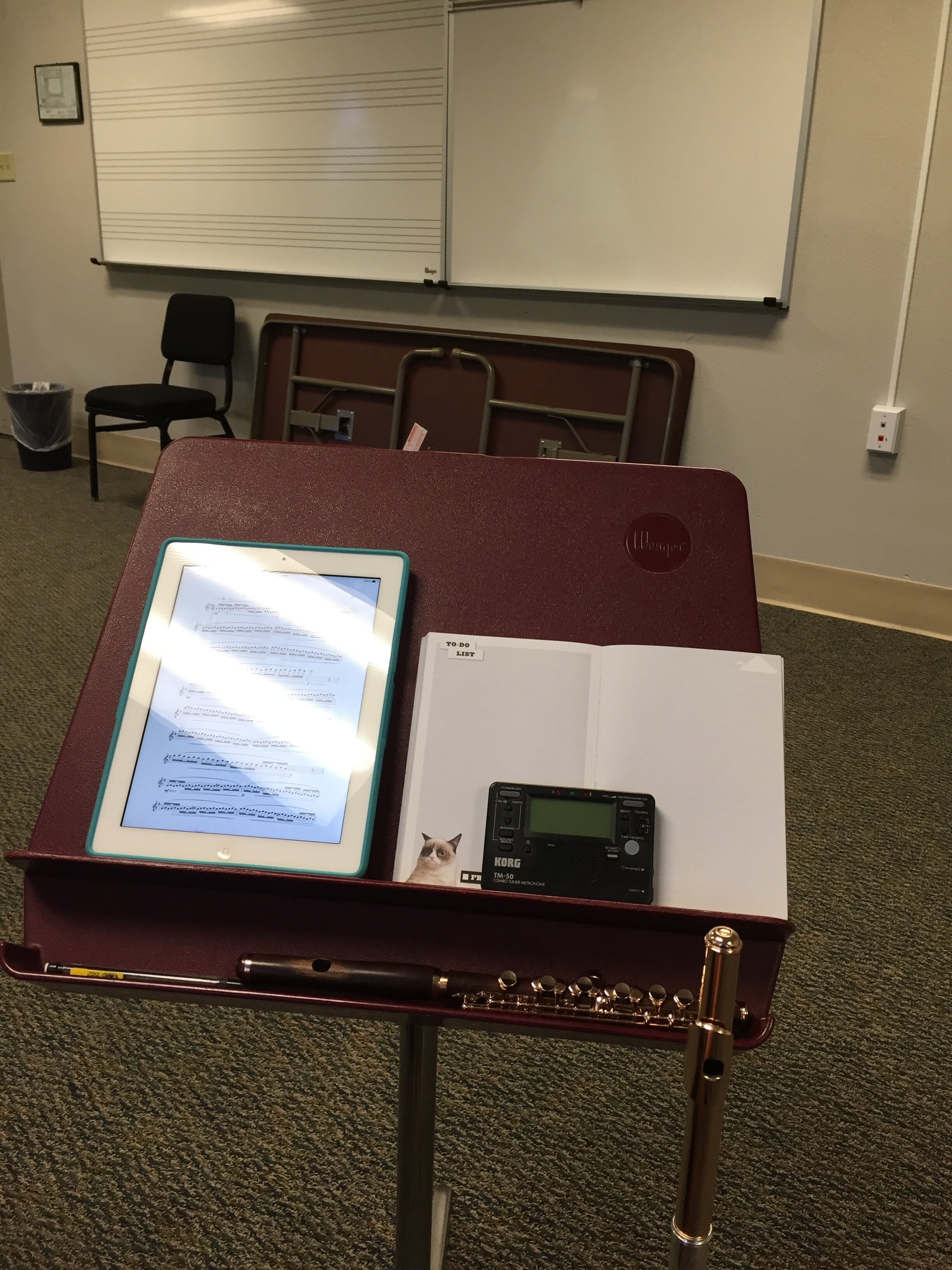Sometimes I don’t feel like practicing. Who’s with me?
I have days, especially this last year, where I would rather do ANYTHING but practice. I’m talking, Marie Kondo my closet, do my taxes, or even have a tooth pulled. It’s that bad. Unfortunately, practicing is not optional. Sometimes I bribe myself with a sweet treat or try to look forward to watching my favorite television series on Netflix (right now it’s Call My Agent, fyi), but only after I have practiced. All of these small rewards get me through a practice session or two but I have found a method that works without fail. The Pomodoro Method. This method is so effective for me that I also implement it with other tasks in my life that I avoid from time to time.
The Pomodoro Method, aka Pomodoro Technique, was invented by Francisco Cirillo, as a time management technique. The method is simple and all you need is a timer. Fun fact, “Pomodoro” is Italian for tomato. Cirillo name this method after a kitchen timer he used that was in the shape of a tomato.
Because I am extra, I don’t just use the regular timer on my phone. That’s no fun. There have been several apps designed after this method. I’ll share my favorites.
Focus Keeper-https://apps.apple.com/us/app/focus-keeper-time-management/id867374917
Pomodoro-https://apps.apple.com/us/app/pomodoro/id1265128036
Be Focused-https://apps.apple.com/us/app/be-focused-focus-timer/id973130201
Cited from Wikipedia, the six steps to the method are as follows.
There are six steps in the original technique:
Decide on the task to be done.
Set the pomodoro timer (traditionally to 25 minutes).
Work on the task.
End work when the timer rings and put a checkmark on a piece of paper.[5]
If you have fewer than four checkmarks, take a short break (3–5 minutes) and then return to step 2; otherwise continue to step 6.
After four pomodoros, take a longer break (15–30 minutes), reset your checkmark count to zero, then go to step 1.
Sometimes I like to deviate ever so slightly. I have a practice journal and have had one since I started playing flute. I flip back to the previous day, decide where I need to pick up and continue. After that I:
Decide the task to be done. (ie. Scales, ensemble music, etc)
Set the timer-this depends on how motivated I am. If it’s a low day sometimes I start with 10 minutes.
Work on the task
When the time is up, I often find that I have some momentum going and reset the timer again. It’s kind of like dipping your toe in the pool. It’s not so bad. . . .most of the time. If I need a break I will take one but 5 to 10 minutes tops and I always set a timer and return.
Now this is crucial for me. After 2 cycles, if I am really not feeling it I allow myself a long break if I have the time. No timer. If I have a deadline or a long list of things I need to get through I start the process over again and repeat until I have achieved what I need to for the day.
Sounds so straight forward doesn’t it? It’s so simple and it works for me. Try it!
